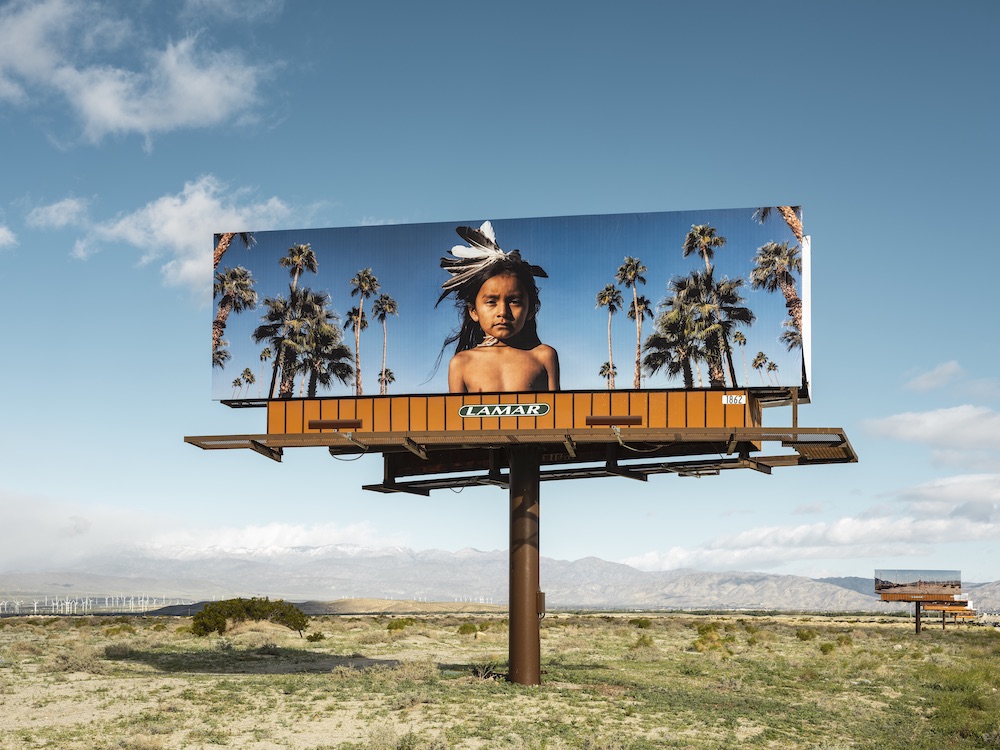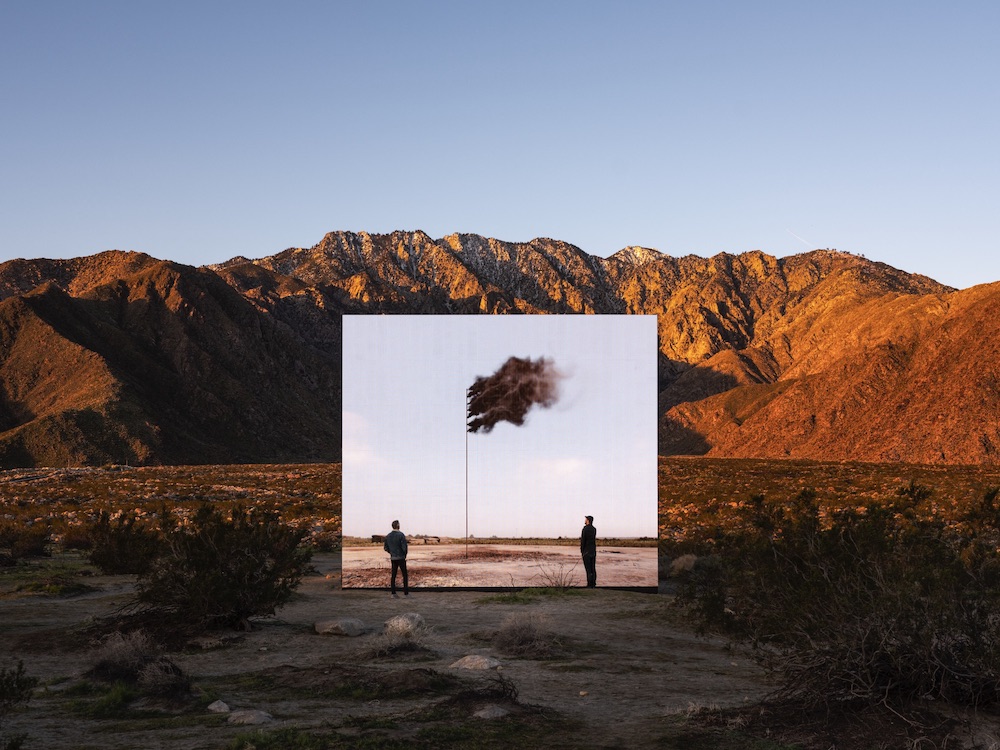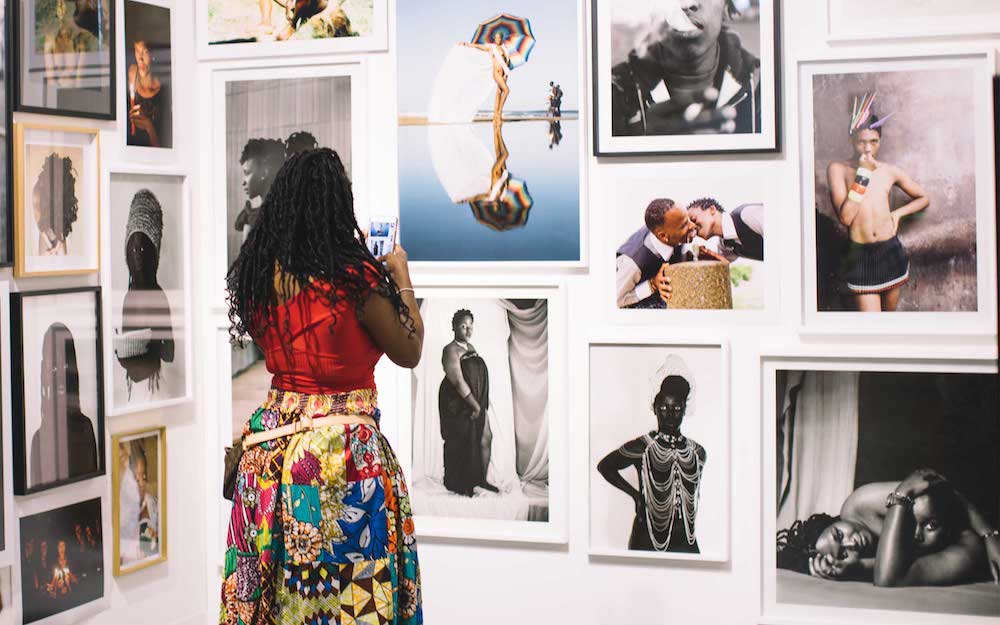Art Fairs Aren’t Giving Up
Delays, delays, and more delays. Last year Art Basel rather optimistically thought it would proceed with its Miami edition in December. That was finally cancelled when they came to their senses. I think there were online viewing rooms and talks. I think I even attended one or two talks but, like many of you, I’m Zoomed out and only Zoomed in to a limited number of online meetings, talks and virtual galleries.
They are going ahead with Art Basel Hong Kong on May 21–23, and the flagship fair in Basel has been moved to Sept. 23–26. The Hong Kong plan is a puzzler, not only because of the hazards of flying for people from many countries, but they currently do NOT allow nonresidents to enter Hong Kong, with a few exceptions such as those “approved by the Hong Kong SAR government to carry out anti-epidemic work.”Will they have an Art Basel exception? That would be imprudent. Hong Kong has kept its COVID infection and mortality rate exceptionally low, and you’d think they would want to keep it that way. An old friend of mine, a long-term resident there, told me they were saved by everyone immediately putting on masks in public—they had had SARS and flu risks before, so knew the drill.
In the past year art fairs have slipped in importance as sales channels for galleries, from third to sixth place, according to Artsy’s Gallery Insights Report 2021. First on the list is the old school way—outreach to existing clients, as before. Second are websites, which overtook walk-ins; and third is social media. Of course those rankings are no surprise since virtual interactions have usurped real-life interactions. Also, the report says, the marketing budget for social media by the average gallery increased 92% over the previous year, so clearly the rise of social media as a sales tool is fueled by investment in social media strategies. Lots more fascinating stuff in this report; check it out at https://pages.artsy.net/rs/609-FDY-207/images/Artsy-Gallery-Insights-2021-Report.pdf.
We did not have our January/February fairs this year, and Frieze LA has set a new date for the week of July 26. Frieze LA used to take place in February, if you can think as far back as to early 2020. I must admit I barely can, my brain somewhat addled by Quarantine Fog, but I seem to remember it was a good one, and that it was freezing cold as I explored the Back Lot for art installations and performances. I have heard that the next Frieze LA will NOT take place at Paramount Studios—I don’t see this online, but heard it from a gallerist who has previously participated in the fair. Paramount is a notoriously expensive venue, not just for the space, but because of the amount of security that has to be hired. Where will Frieze LA pop up next? We have some amazing locations in LA, right? Felix has done remarkably well at the Roosevelt Hotel, and ALAC had a comeback last year at the Hollywood Athletic Club.

Desert X installation view, Cara Romero, Jackrabbit, Cottontail & Spirits Of The Desert, 2019, photo by Lance Gerber, courtesy of Desert X.
Desert X is Back
Desert X put off its February opening and has just announced rescheduled dates of March 12–May 16, 2021, focused in the Coachella Valley. Since it’s all outdoors, you can drive around to visit the art installations in your own safety bubble, your car. They’ve cut back on the number of artists and the geographic reach of the installation pieces—due in part to financial and city partnership factors. Last year the city of Palm Springs dropped their support due to the launching of Desert X AlUla, held in Saudi Arabia and funded by the Saudi government. Several Desert X board members including Ed Ruscha resigned in protest, citing that country’s human rights abuses and the murder of journalist Jamal Khashoggi.
This year there will be 13 artists from eight countries—four of them based in New York but only one from California, Kim Stringfellow, long known for her research and work on the “jackrabbit homesteads” made possible by land grants from the Federal government. She will be recreating a version of one of these homesteads—the real ones dot Highway 62 as you drive out from Joshua Tree. (Their previous events hosted 16 artists in 2017, 19 participants in 2019.)
Each project was commissioned by artistic director Neville Wakefield and co-curator César García-Alvarez, and most of the artists traveled to the area to do research and visit sites. Wakefield believes the new configuration is better for visitors. “Geographically, it’s more compressed,” he has said, “and there are fewer artists, but at the same time it represents a much greater diversity of voices, with themes of social justice and environmental equity running throughout in significant and powerful ways.”
There seems to be more local community engagement, from sending art kits to local schoolchildren for separate projects by Judy Chicago and Oscar Murillo, to eliciting words from women’s groups to be featured in Ghada Amer’s installation in Sunnylands in Rancho Mirage. Since Desert X’s launch in 2017, there has been criticism that they did not engage the community enough, and I’ve seen pieces that were insensitive to place. Take that Richard Prince installation of blown-up Instagram posters featuring a dysfunctional extended family—presumably, one located in Desert Hot Springs where the installation was. The installation was vandalized soon after the opening, so it was shut down for most of that edition.
Attendance is free, and a map of the installations will be posted starting March 12 on desertx.org and via the Desert X 2021 app.

Desert X installation view, John Gerrard, Western Flag (Spindletop, Texas) 2017, 2017-2019, photo by Lance Gerber, courtesy of Desert X.
Kudos!
Let’s be thankful the world is still spinning, COVID vaccines are arriving, and artists are still making work and getting support for making work. Kudos to Njideka Akunyili Crosby and Rafa Esparza who won USA Artists grants this year—they are two of 60 across 10 creative disciplines to become a 2021 USA Fellow. It’s a terrific grant given through a nomination process, accompanied by an unrestricted $50,000 award.



















0 Comments